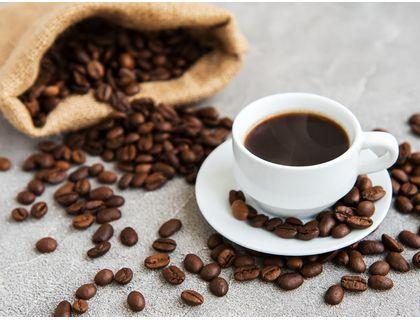0800 011 4531
Call FREE: Mon-Thu: 08:30-17:00 Friday: 08:30-16:00
There’s a wide range of coffee plants and each species and variety provides a different type of fruit. Although it is estimated that there’re more than 60 types of coffee in the world, the Robusta and Arabica coffee varieties add up to 98% of global production, making these two types the most common in the market.
The Robusta variety grows on large stretches of land, and offers a high performance and resistance to natural disasters. On top of this, it contains a higher amount of caffeine and it’s a more economical type of coffee on the international markets.
The Arabica variety is grown on a higher altitude, so its harvest is more difficult and its caffeine levels are lower. This makes it a more expensive coffee variety.
The Arabica coffee, grown in Central America, South America, Asia and East Africa, is highly prized and represents around 70 - 75% of coffee’s global production.
Native to the mountaineous regions of Ethiopia, it’s sensitive to heat and humidity, grows from 800 metres above the sea level and the higher the farm land is, the better the coffee. There are many Arabica varieties depending on where they are grown: different soil, altitudes, climates, etc, form different coffee beans. Some of these varieties include Typica or Bourbon.
¡Our 100% Arabica coffee comes from Colombia, and consists of a blend of excellent quality, well-balanced, scented coffee, with a full body and a slight acid flavour. It matches perfectly with milk.
Among its main characteristics, Arabica coffee stands out for its sweet and slightly bitter scents, and its shades of different tastes. Its colour is light, slightly-reddish hazelnut and presents pleasant acidity notes. Arabica coffee is considered to be better quality than Robusta coffee.
Typica, also known as Criollo, is a descendent from the original Arabica coffee in Africa, and the one that is best adapted to Mexican soil. Fortunately, this is also one of the best varieties. It’s a high plant with an excellent taste. It’s got a low productivity, doesn’t withstand strong winds and the best place to plant it is a shady place.
Bourbon coffee also comes from a tall plant that originated in Reunion island, known earlier as Bourbon island. This is a very sought-after variety as it easily resists strong winds, adapts to different altitudes and has a better performance than the Criollo variety. It’s mainly produced in Chiapas (Mexico), where it was imported via Guatemala.
Caturra comes from Brazil, presents with a dwarf/compact stature and is obtained through a mutation of the Bourbon variety. It’s got an excelent performance and low maintenance in adequate agro-ecological zones. It presents a pleasant taste but of a slightly lower quality than Criolla.
How to tell the difference between Robusta and Arabica coffee? It’s interesting to be able to recognise both types of beans with the naked eye. Some of the details to look for are:
- Before being roasted, Arabica coffee beans present a greenish tone, while the Robusta beans tend to be paler.
- Arabica beans are flat and elongated, while the Robusta beans tend to be puffed or convex.
- Beans of the Arabica variety are bigger.
Taste is a very personal matter and the market offers lots of coffee varieties, different in their mix, roast and freshness and adequate for different preferences and economical possibilities.
Allow yourself to experiment, try and discover all these coffee varieties.
